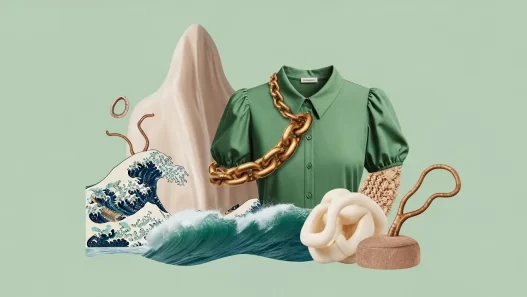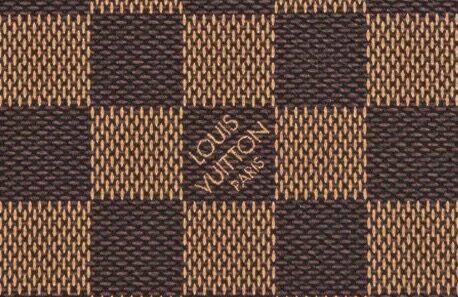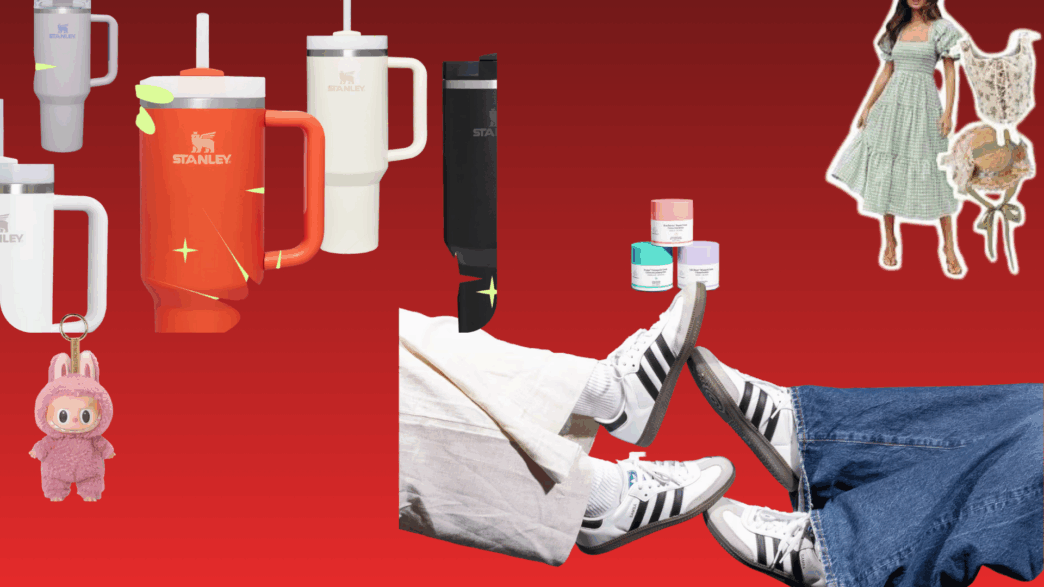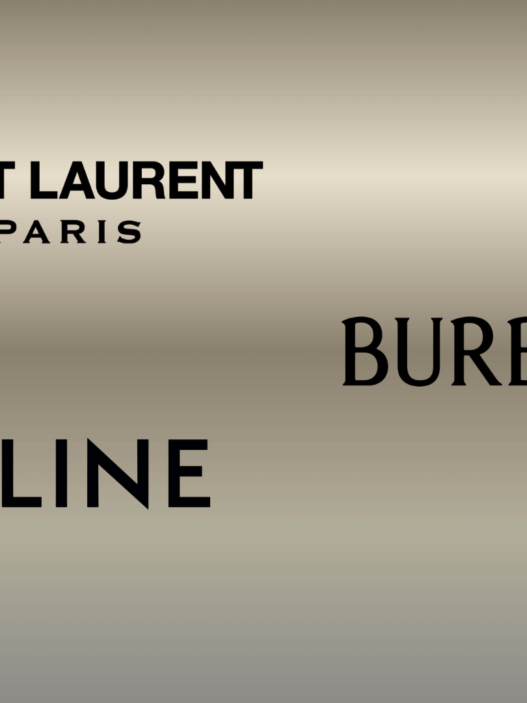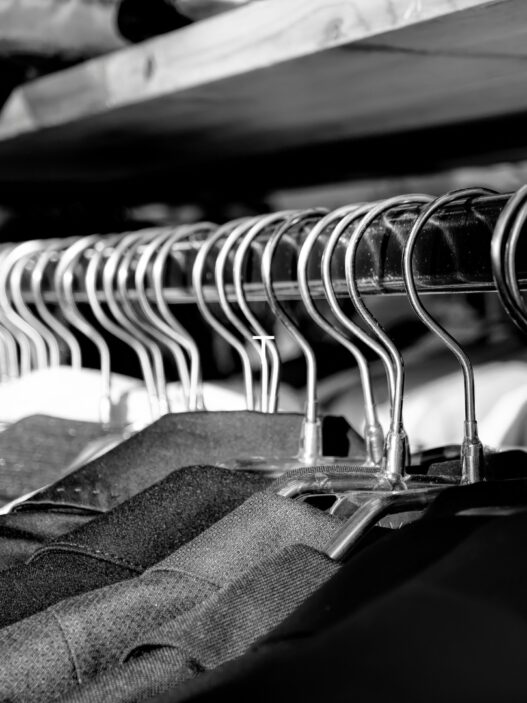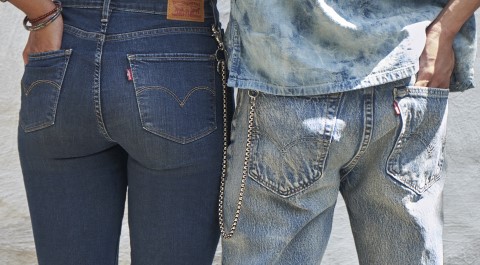Fashion. It’s a whirlwind, isn’t it? A constantly spinning carousel of styles, colours, and “must-have” items that seem to vanish as quickly as they appear. For years, we’ve been bombarded with microtrends – those fleeting fashion moments that dominate our social media feeds before fading into obscurity. But is the era of hyper-specific, ultra-fast trends finally coming to an end? Let’s have a look.
The Allure and Acceleration: Understanding Fashion’s Trend Obsession
Since the dawn of… well, fashion, humans have used clothing to express themselves, signal belonging, and stay ahead of the curve. The fashion industry, of course, capitalises on this desire, creating trends that entice us to refresh our wardrobes. In recent years, that process has accelerated dramatically, fuelled by social media and the rise of fast fashion.
What Exactly Are Microtrends?
Microtrends are hyper-specific fashion fads that have a short lifespan, often only lasting a single season, or even just a few weeks. Think of the office siren aesthetic of winter 2023, the cottagecore craze, or the more recent craze around ‘brat summer.’ They’re driven by influencers, viral videos, and the sheer speed of content creation.
The Rise and Reign of Microtrends
Platforms like TikTok and Instagram have become breeding grounds for microtrends. An influencer sporting a particular item can send sales soaring overnight. Fast fashion retailers, with their rapid production cycles, are quick to capitalise, churning out affordable versions of these trends to meet the immediate demand. This accessibility is undeniably appealing. Who doesn’t want to feel on-trend without breaking the bank?
Are Microtrends Dying? Examining the Evidence for a Microtrends Decline
While microtrends still exist, there are signs that their grip on the fashion world is loosening. Data suggests consumers are becoming savvier and more discerning. A recent report by McKinsey found that Gen Z, a key driver of trends, is increasingly prioritising value, quality, and sustainability over fleeting fads.
For example, Depop, a popular resale app favoured by Gen Z, has seen a rise in searches for “classic” and “timeless” pieces. This shift is also reflected in social media engagement. While viral videos showcasing microtrends still gain traction, there’s a growing appetite for content that promotes personal style and enduring wardrobe staples. The hashtag #sustainablefashion has over 150 million posts on Instagram.
We’re also seeing a change in how people consume fashion content. Instead of chasing specific items, people are embracing a broader “vibe”.
Cultural Shifts & Sustainability
One of the biggest catalysts for the potential end of microtrends is the growing awareness of their environmental impact. The fast fashion industry, which thrives on these rapid cycles, is a major contributor to pollution and textile waste. The equivalent of one garbage truck full of clothes is burned or dumped in a landfill every second. Consumers are becoming more aware of these issues and are actively seeking out more sustainable options.
Furthermore, microtrends, by their very nature, promote disposability. They encourage us to buy items we’ll only wear a few times before discarding them, contributing to a culture of waste. A move away from this cycle could reduce our environmental footprint. It also can empower individuals to define their own style rather than being dictated by outside forces.
However, a shift away from microtrends might have drawbacks. Fast fashion offers affordability to those who cannot afford luxury and higher-end retailers. If there is no affordable fashion, it could increase the financial disparity between people.
Are Microtrends Over? Predicting the Future of Fashion Trends
So, are microtrends truly over? Probably not entirely. The human desire for novelty and self-expression is unlikely to disappear. However, we are likely entering a new era where “vibes” reign supreme. Rather than chasing specific pieces dictated by fleeting trends, people are curating personal styles based on broader aesthetics, like “dark academia,” “cottagecore,” or “Scandi chic.” These vibes are more enduring and allow for greater individual interpretation.
Brands are also adapting to this shift. Some are focusing on creating versatile, high-quality pieces that can be styled in multiple ways, rather than churning out trend-driven collections. Others are collaborating with influencers who champion personal style and sustainability.
AI will also likely impact how we define trends. Companies are now using AI to analyse social media, predict trend trajectories, and design clothes based on these forecasts. This can make fashion more efficient, but there are risks that the industry loses the emotional connections to clothes that consumers often feel.
What about fashion education? Design schools are likely to shift away from hyper-trend-focused curriculums to those emphasizing sustainability, ethical sourcing, and design thinking that encourages timeless pieces.
While the future of fashion is uncertain, one thing is clear: The era of mindless consumption and fleeting microtrends is coming to an end. We’re moving towards a more conscious, sustainable, and individualistic approach to style – one that celebrates personal expression and enduring quality over fleeting fads.



